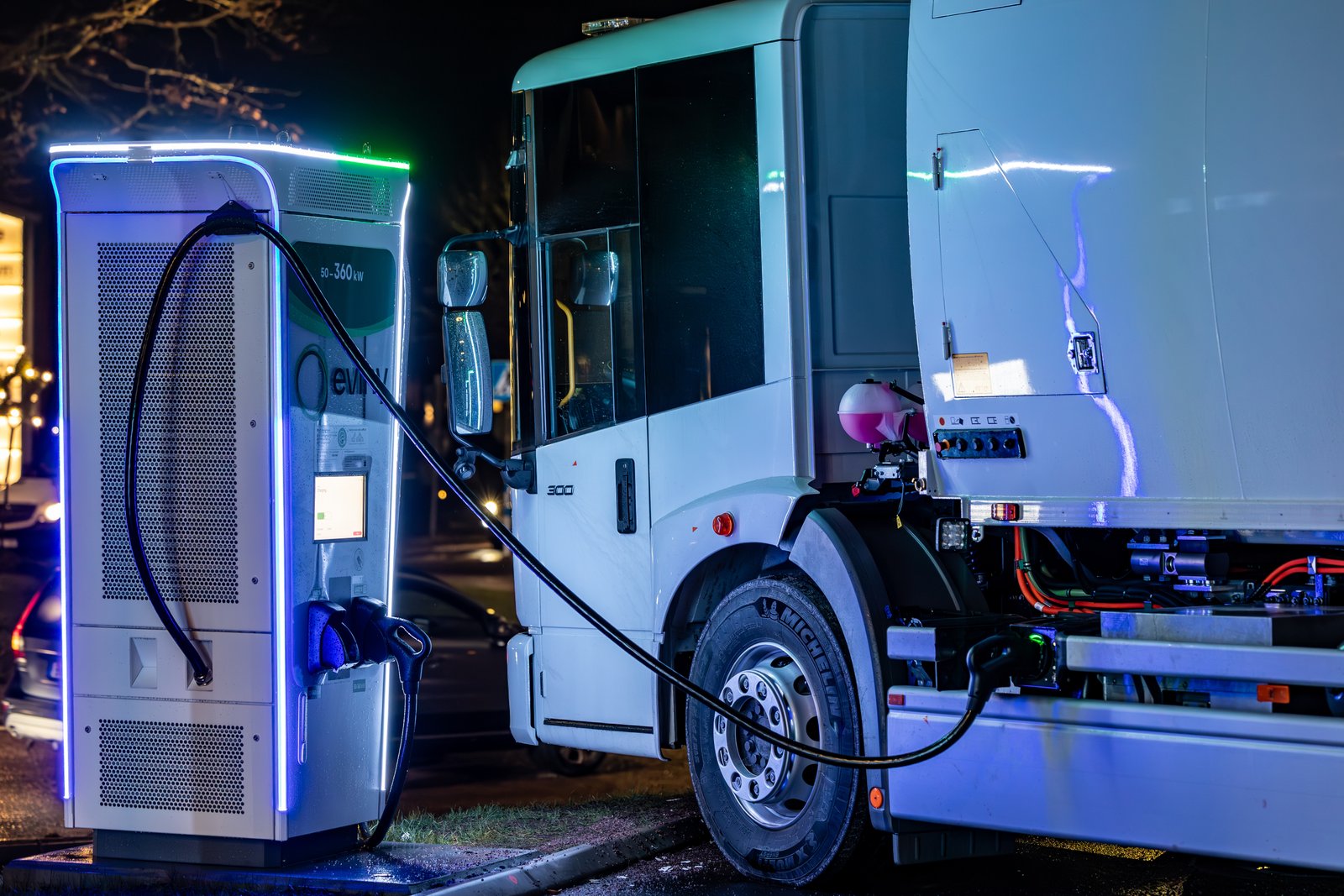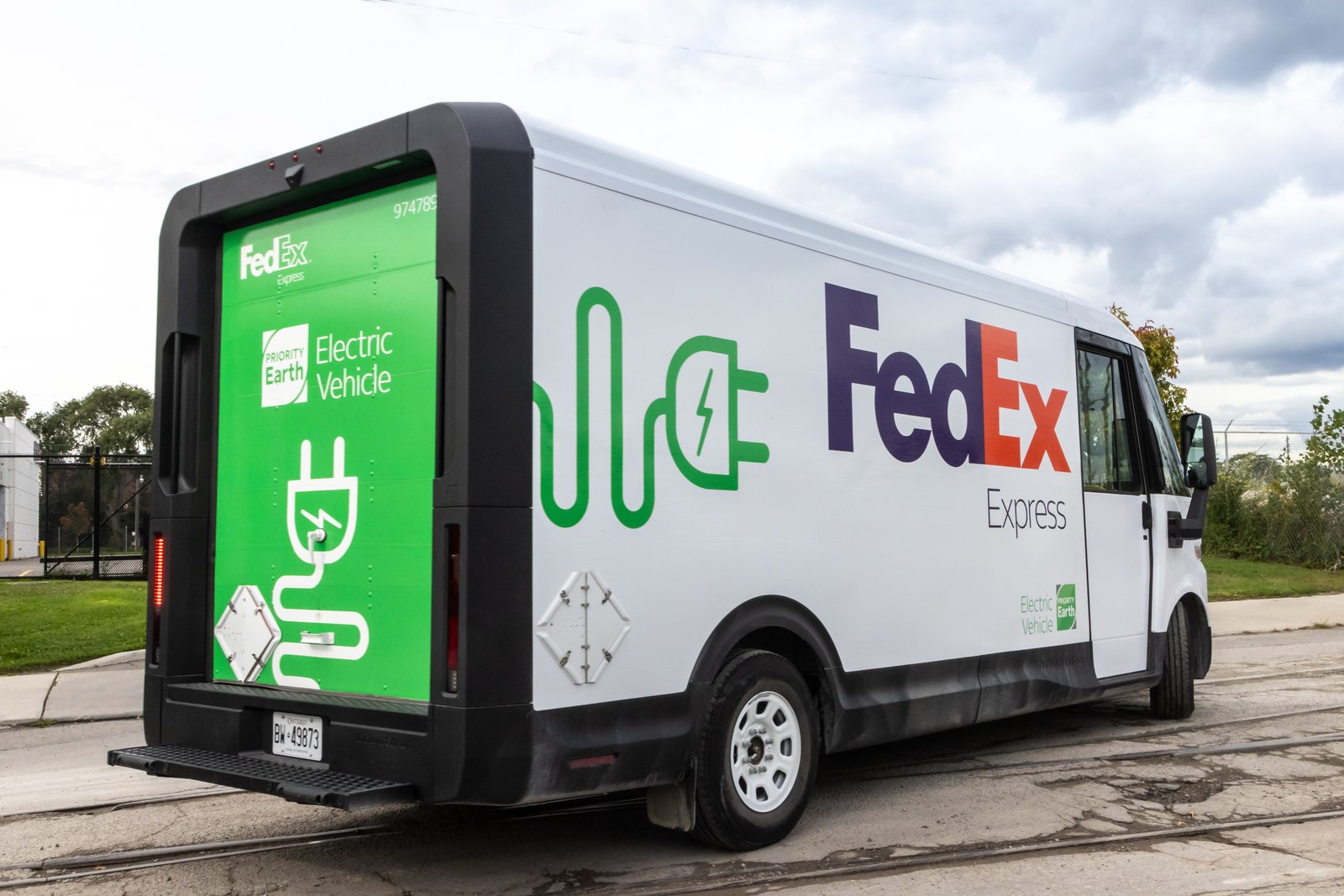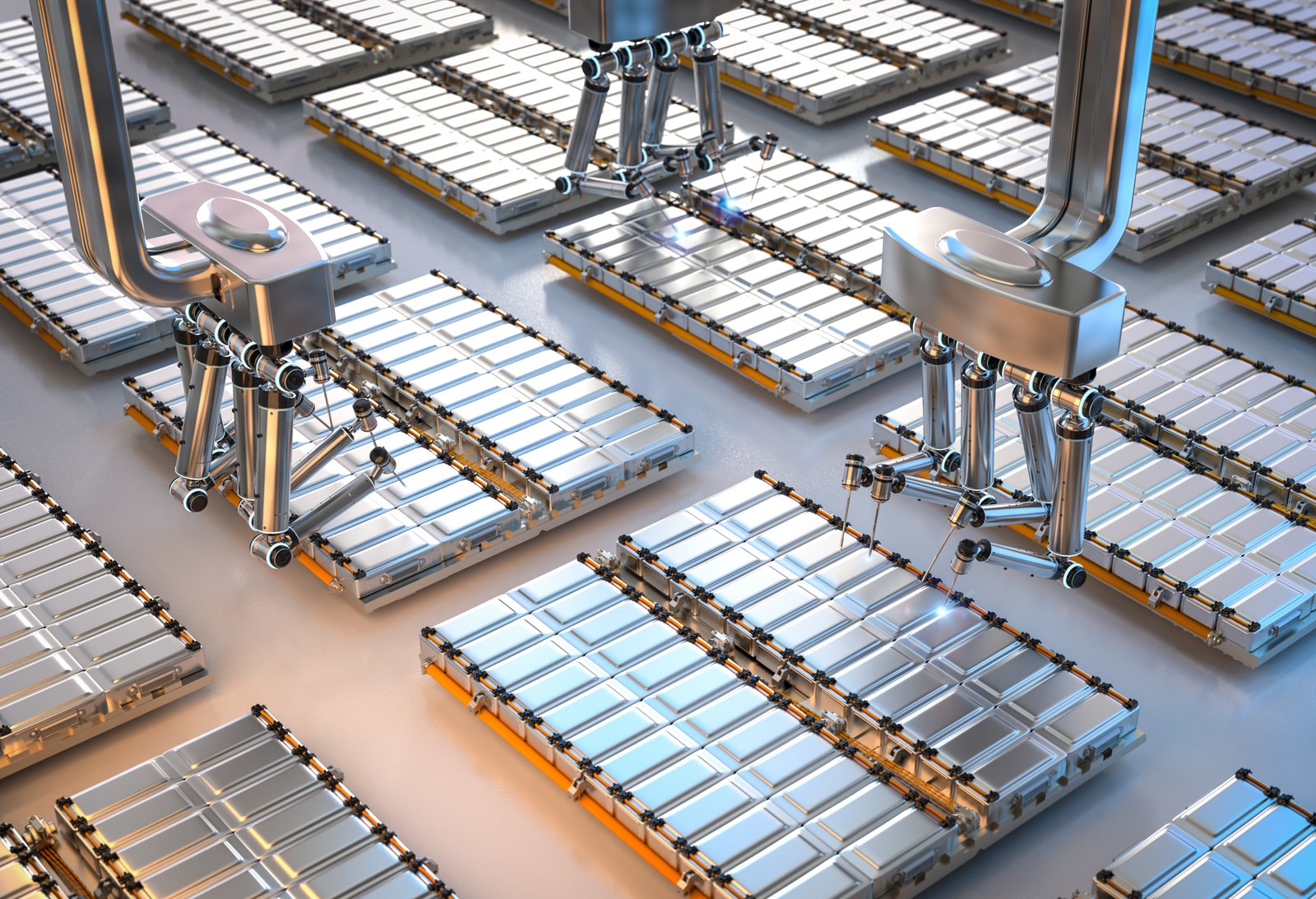In the foreseeable future, the integration of screen displays could revolutionize the control of construction vehicles, offering an alternative to relying solely on eyesight. Enhancing productivity, unimpeded visibility of the surroundings becomes possible without the hindrance of dust and fumes covering windows. Companies like Cat are at the forefront, developing sensors capable of detecting people in the vicinity, while Liebherr is incorporating 360-degree cameras with bird's eye views, ushering in heightened safety standards for construction practices.
Looking ahead, the ongoing electrification and modernization of construction vehicles pave the way for task automation. Machines could potentially be programmed with specific parameters for activities such as digging holes or lifting materials, allowing operators to oversee tasks remotely while the machines execute them seamlessly and safely. The prospect of managing construction sites from the comfort of an office, with automated equipment handling physical labor in adverse weather conditions, becomes a realistic scenario.
Moreover, the shift towards fully electric linear actuators instead of hydraulic systems for large machine tools holds promise. This transition not only enhances the robustness of machines but also ensures a cleaner operation, eliminating concerns about leakage and the need for constant maintenance.






